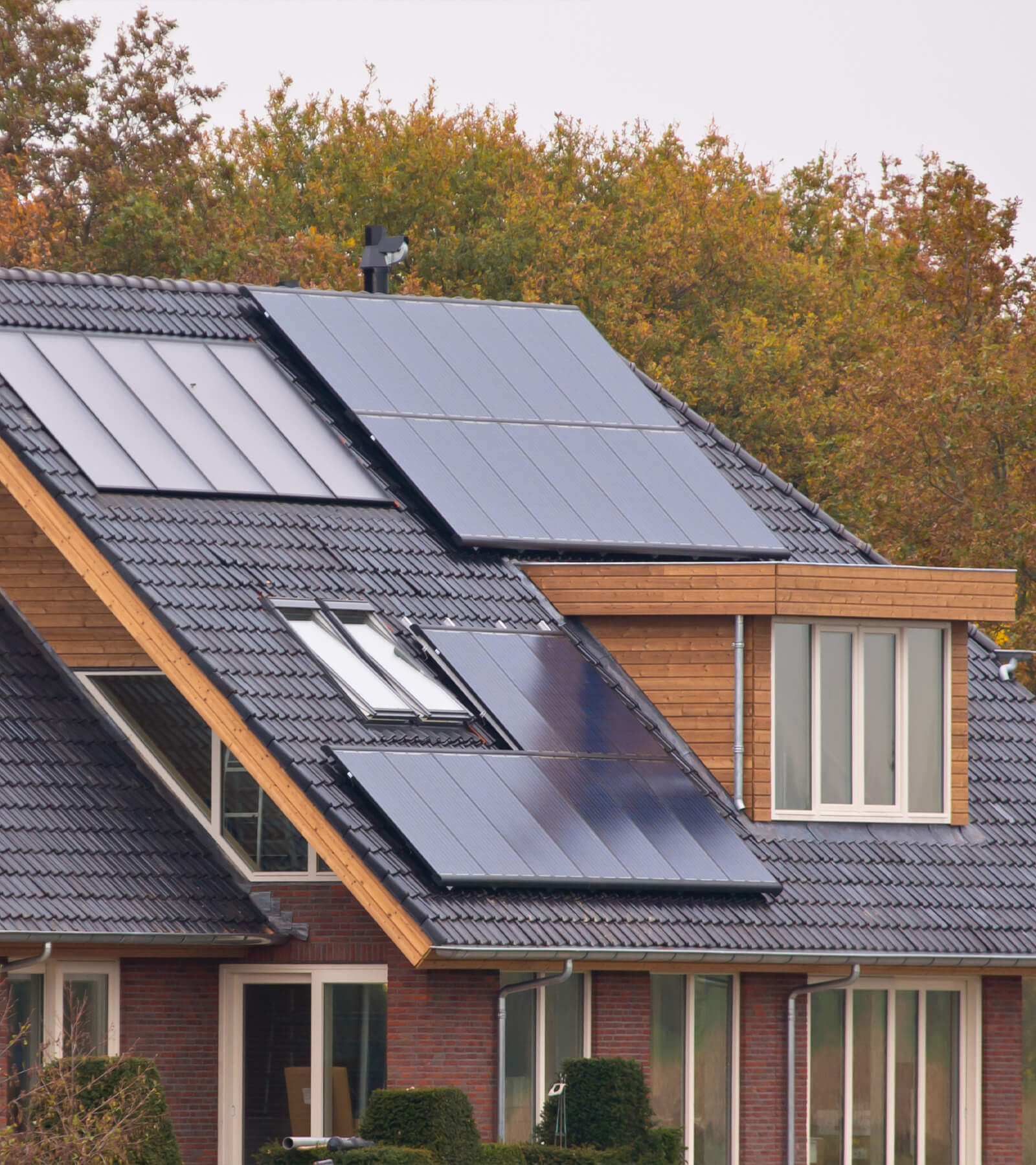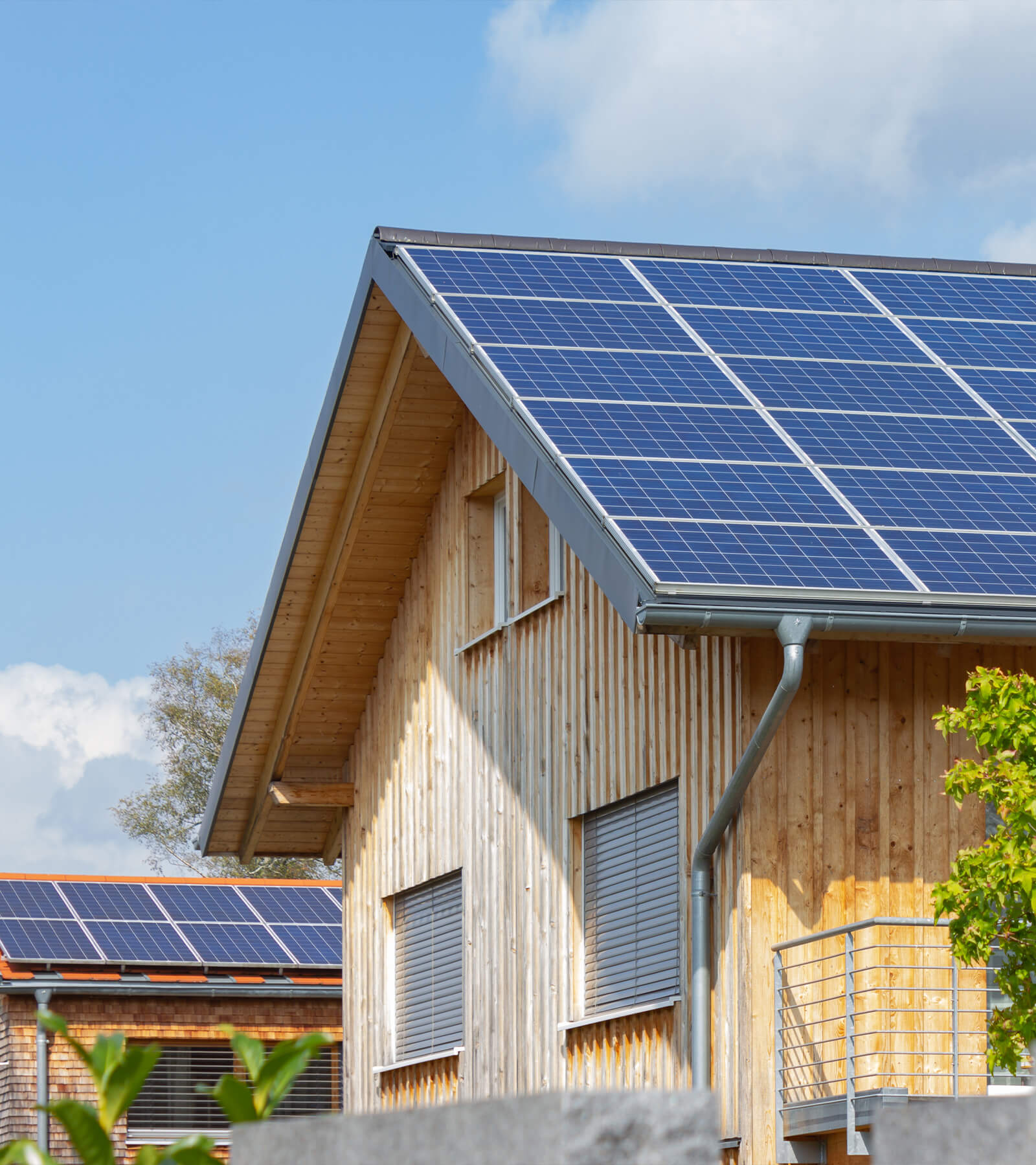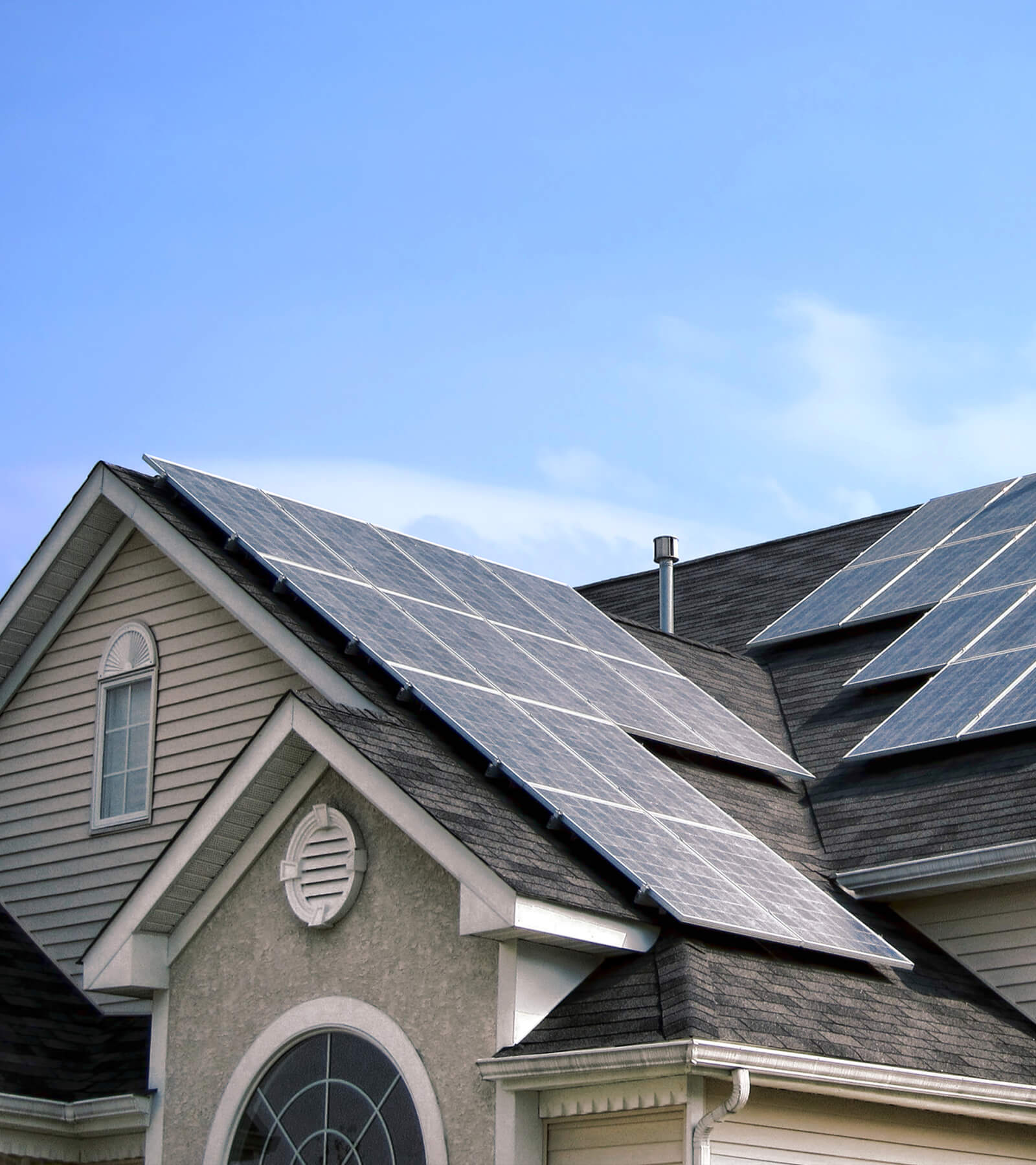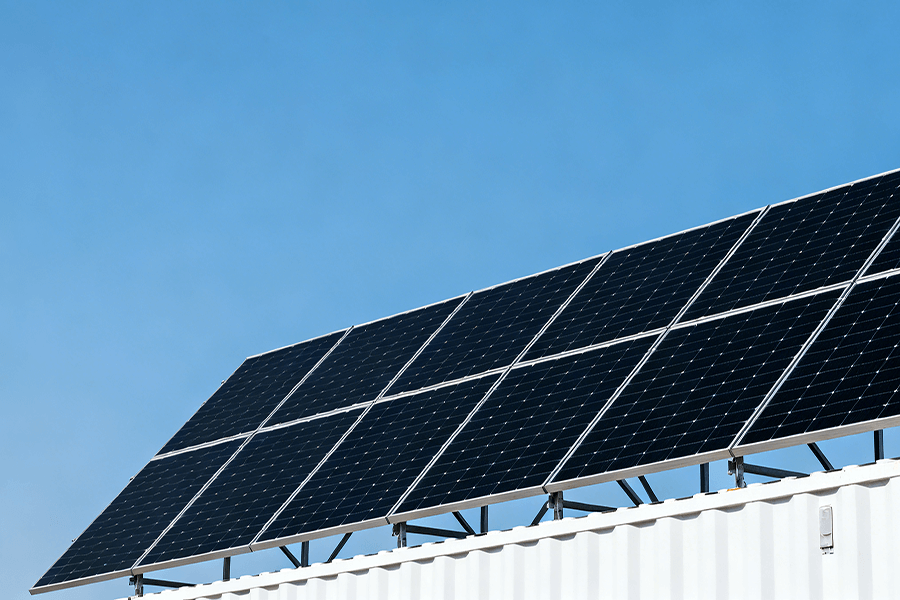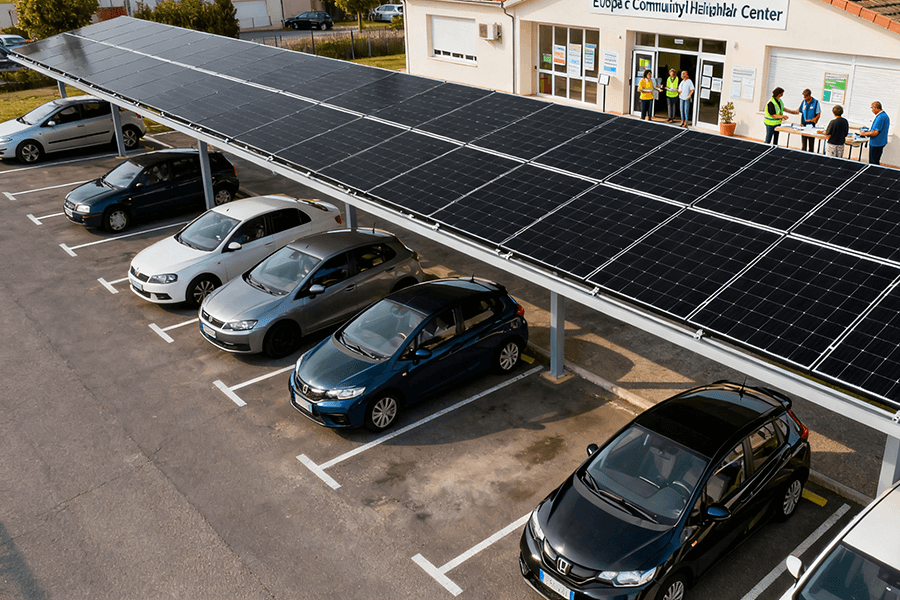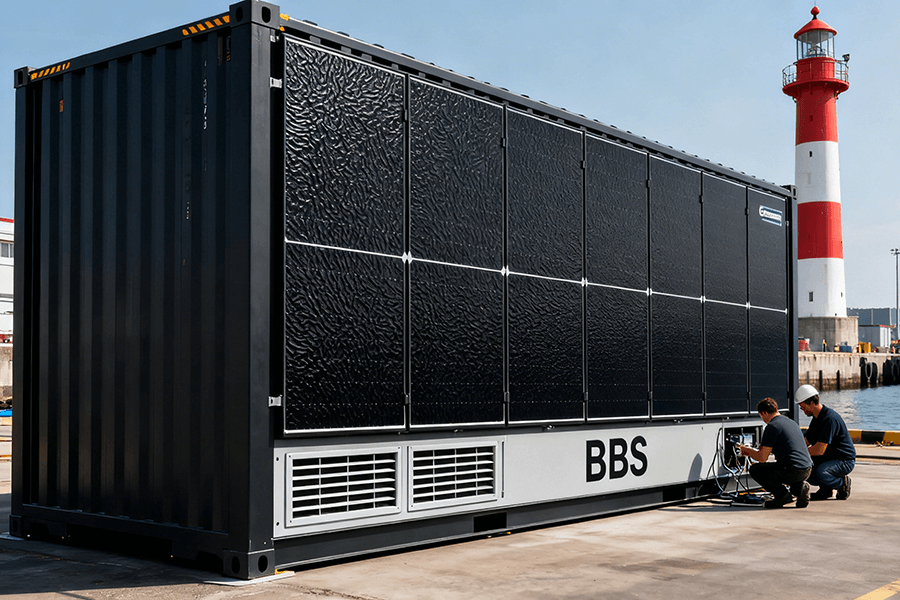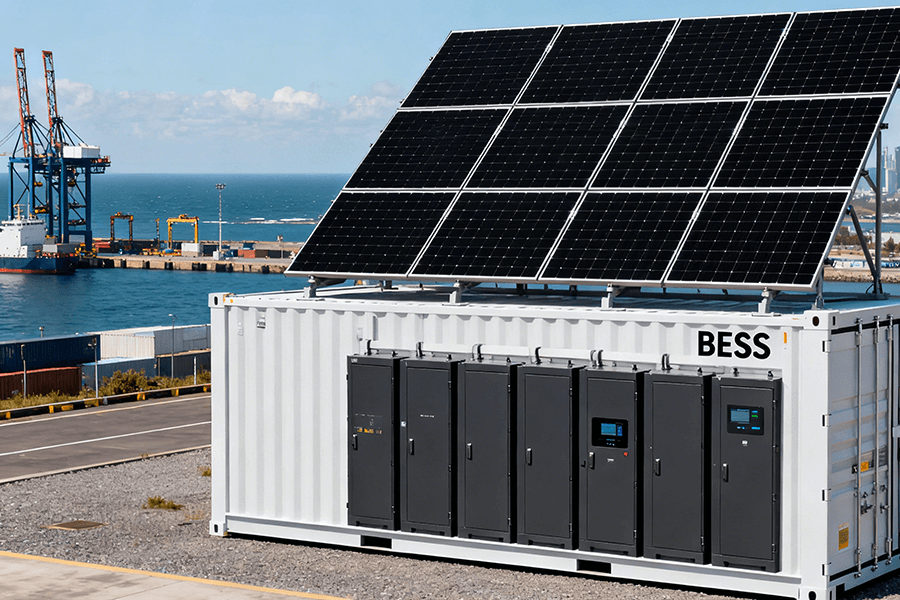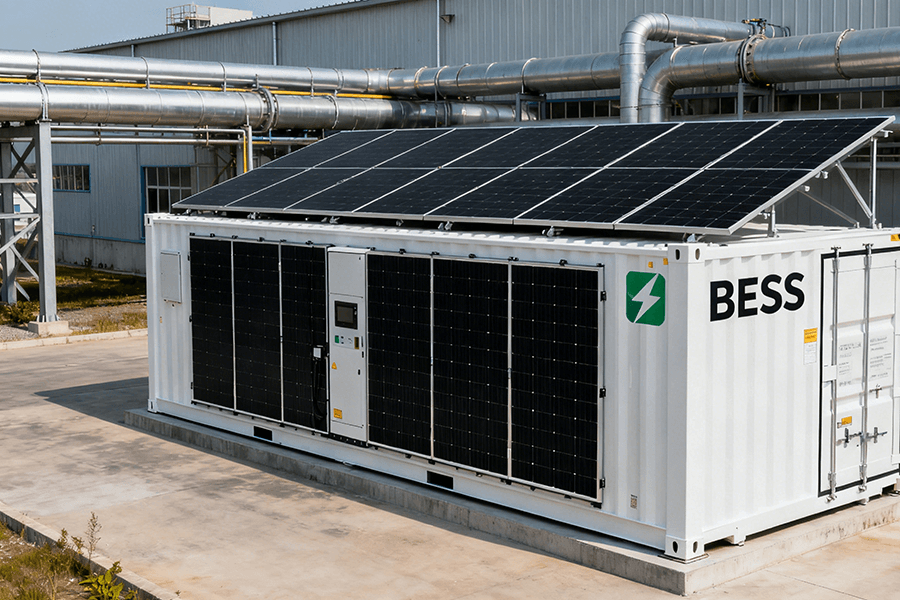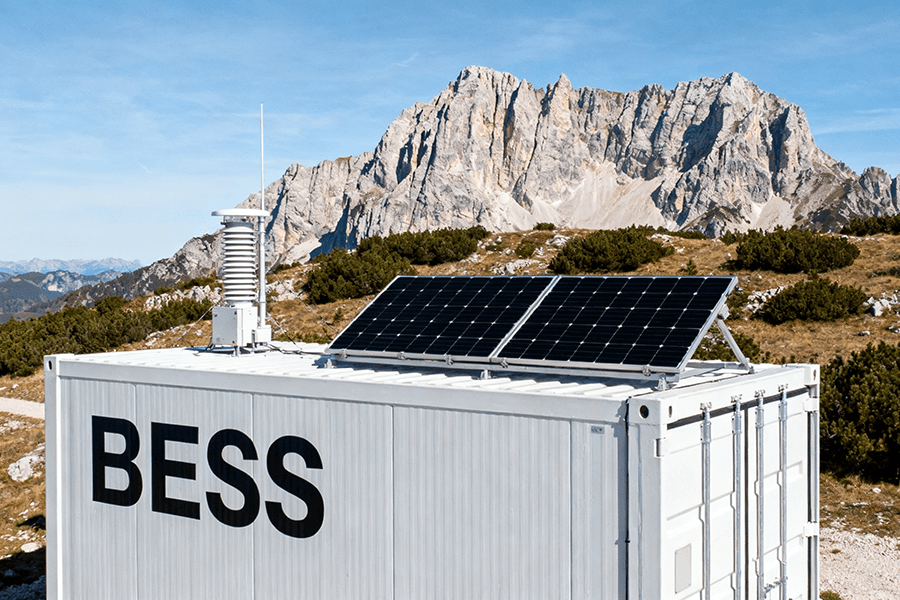
The Diesel Dilemma in the Clouds
Picture this: 300+ weather stations perched across the European Alps, each a tiny outpost in a frozen wilderness . Here’s the catch: 90% of them depend on diesel generators—machines that treat -20°C temps like a personal insult. When these generators fail (and they do), over 50 mountain communities lose avalanche warnings faster than a skier loses their goggles in a blizzard .
Diesel’s flaws in alpine regions are comically bad, yet deadly serious:
- Winter fuel bans: Avalanche risks shut down fuel transport for months, leaving stations stranded.
- Maintenance nightmares: Generators need frequent thawing—imagine defrosting a fridge that powers a community’s safety net.
- Cost bombs: Fuel transport alone can hit €20,000 annually .
Enter BESS containers: the quiet hero built to laugh at blizzards and outlast diesel’s drama. These aren’t just battery boxes—they’re alpine-hardened fortresses for power.
BESS Containers: Keeping the Data Flowing (and People Safe)
Weather stations run on two non-negotiables: power for sensors/data and heat for equipment. BESS containers nail both—no excuses.
Sensor & Data Transmitter Power: The Avalanche Alert Lifeline
A 1-hour outage isn’t just an inconvenience—it’s a disaster. Snow depth sensors and satellite transmitters go dark, and avalanche warnings vanish. For hikers, ski resorts, and locals, that’s a death sentence.
BESS containers eliminate this risk with near-instant backup (we’re talking 0.016 seconds—faster than a skier hitting black ice ). Take Switzerland’s Bernese Alps station: during a 7-hour blizzard that knocked out the grid, its 300kWh BESS container kept data flowing, warning 200 residents of an impending avalanche . No stuck generators, no panic—just reliable power.
Equipment Heating: Defrosting the Science
Alpine sensors hate ice more than a mountaineer hates flat boots. To work, they need to stay between -5°C and -10°C—any colder, and data turns to useless slush.
In Austria’s Tirol region, a -25°C cold snap once threatened to freeze a station’s sensors solid. But its 250kWh BESS container kept the heating running, avoiding 2 weeks of lost climate data . Compare that to diesel generators, which would have needed hourly thawing (and probably still failed).
Built for the Alps: Cold-Resistant & Eco-Friendly Design
BESS containers aren’t just “ruggedized”—they’re engineered to outlive a yeti’s winter wardrobe. Here’s how they outperform diesel:
Arctic-Grade Insulation: Batteries in Thermal Socks
Standard batteries die at -30°C, losing 60% of their capacity . BESS containers fix this with arctic-grade insulation and active thermal management, keeping internal temps at a cozy +15°C even when it’s -40°C outside .
Norway’s Jotunheimen station proved this in 2024: its BESS container maintained full capacity during a -30°C winter, while the old diesel generator sat frozen like a forgotten popsicle .
|
System
|
Performance at -30°C
|
Maintenance Needs
|
|
BESS Container
|
100% capacity retained
|
Annual check (no thawing!)
|
|
Diesel Generator
|
50% efficiency loss
|
Hourly thawing + oil changes
|
|
*Source: U.S. Department of Energy, 2024 *
|
Ditching Diesel: Good for the Alps (and Budgets)
Diesel’s days in the alps are numbered—and for good reason. Winter fuel transport is banned in high-risk avalanche zones, leaving stations to ration diesel like scarce hot cocoa .
BESS containers eliminate this problem entirely. France’s Chamonix station swapped diesel for a BESS in 2023 and cut fuel use by 100%. The result? €20,000 saved annually on fuel transport—and zero guilt about polluting the mountains .
Sustainability & Data Reliability: Powering Climate Science
BESS containers don’t just keep stations running—they make them greener and more reliable for EU research.
Solar-Wind-BESS Integration: Even the Sun Plays Nice in Winter
Critics said solar wouldn’t work in alpine winters. They were wrong. Low-angle sunlight still powers specialized snow-shedding solar arrays, and small wind turbines harness blustery peaks . Pair that with BESS storage, and you’ve got a renewable powerhouse.
Italy’s Dolomites station is a star example: a 200kW solar-wind system + 300kWh BESS container runs 90% on renewables, cutting its carbon footprint by 350 tons annually . That’s like planting 17,500 trees .
Data Continuity: The EU’s Climate Research Backbone
Alpine stations contribute 25% of Europe’s snowfall data—critical for the EU’s climate models . But unreliable power turns that data into garbage.
Sweden’s Lapland station fixed this with a BESS container, boosting data availability to 99.9%. The EU took notice, awarding it funding to expand . When your power is this reliable, even climate scientists send thank-you notes.
Why Maxbo Solar BESS Containers Are the Alpine Choice
As someone who’s spent years engineering energy solutions for extreme environments, I’ll let the data speak for itself: Maxbo Solar’s BESS containers are built for the Alps—by people who understand the mountains.
Our secret? We don’t just “winter-proof” batteries—we design them to dominate winter:
- Arctic-grade specs: Operates from -40°C to 40°C with phase-change material buffers .
- Solar-sync magic: Pairs seamlessly with snow-shedding solar arrays (we invented those, too ).
- Proven results: Our BESS kept Switzerland’s Berggasthaus Aescher lodge powered through 2025’s worst blizzards , and saved Norway’s Hammerfest Hospital during a -30°C blackout .
For alpine weather stations, this isn’t just power—it’s peace of mind. Visit www.maxbo-solar.com to see how we’re turning diesel-dependent outposts into climate data heroes.
Conclusion: The Climate Data Lifeline
BESS containers aren’t just an upgrade—they’re the alpine weather station’s new lifeline. They replace finicky diesel with reliable, eco-friendly power, keep sensors working in blizzards, and feed critical data to EU climate research.
Here’s the forecast: By 2032, 85% of European alpine weather stations will ditch diesel for BESS containers . And why not? When your job is to warn communities about avalanches or track climate change, you don’t bet on a generator that quits in the cold. You bet on BESS.
Because in the Alps, the weather waits for no one—and neither should power.

